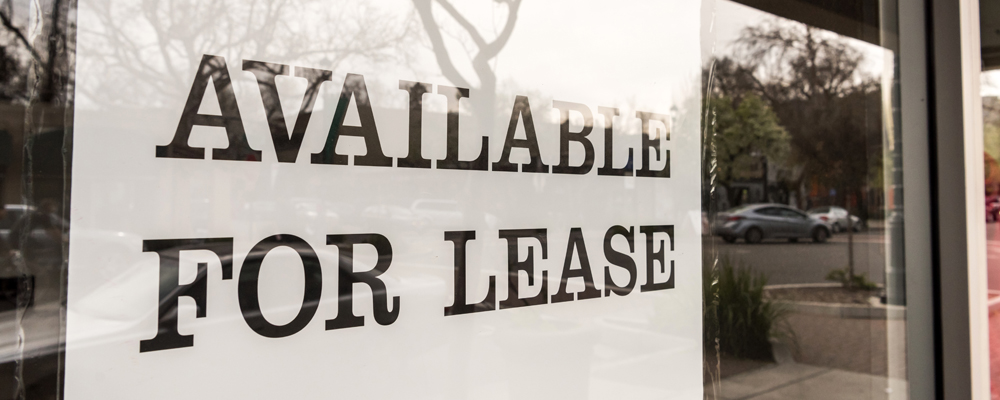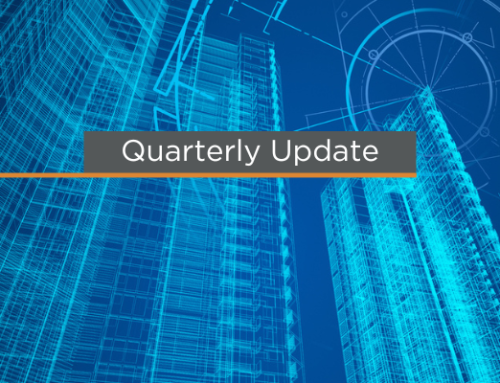Lease contracts are looking much different in 2022 now that ASC 842, the new lease accounting standard, has finally made its way to private companies.
Reviewing ASC 842
ASC 842 brings all leases with a term of at least 12 months on the balance sheet. The goal is to increase transparency and comparability among lease obligations. Leases will be classified as either operating or finance depending on a five-part test. Embedded leases, or contracts with non-lease components, need to be identified and accounted for differently – also a change.
Real estate is one of the industries heavily affected by the new standard, but real estate leases are only a fraction of the qualifying leases that fall under the standard. Equipment, machinery, vehicles, furniture, and technology are all examples of leases that will need to be identified. Essentially, property, plant, and equipment contracts.
Some companies may make an accounting policy election to not recognize lease right of use (ROU) assets and lease liabilities. This may include short-term leases with a contract of less than 12 months, intangible assets and those under construction, inventory, mineral and biological assets, and low-dollar leases.
The material impact will be staggering, to the tune of around $3 trillion in new liabilities. That number does take into consideration private companies adopting both ASC 842 and IFRS 16 – a single lease accounting model that remeasures liability annually according to the consumer price index – took effect January 1, 2019. Still, implementing ASC 842 on top of COVID-related accounting issues is bound to be complicated.
In the end, ASC 842 seeks to simplify lease accounting. Getting there may be a challenge for some companies.
Effect of ASC 842 on Commercial Real Estate
Beyond the balance sheet implications, commercial real estate could see a range of impacts after the new accounting standard is in place. Debt covenant issues, short-term leases, valuation considerations, and lease modifications are four likely ways that commercial real estate could be affected.
Financial Ratios
Lower debt ratios are an immediate concern. The addition of potentially significant liabilities to the balance sheet may result in companies’ inability to access credit and capital. Businesses should analyze the projected impact of noncurrent assets and liabilities on key performance indicators like the quick ratio, return on assets, and debt ratio. This is especially important for real estate investors and others with substantial debt.
Even though moving more leases to the balance sheet doesn’t represent the actual financial position of a company, and lenders do recognize this, it does have the potential to make the balance sheet look weaker.
If the switch to ASC 842 is expected to create debt covenant issues, talk to the lender soon. Existing loans may need to be restructured to keep the overall financial ratios in check in the short-term. Lenders will want to see a plan for how the company plans to deal with the increased liability.
Short-term Leases
As mentioned earlier, short-term leases of less than 12 months are still part of ASC 842; however, lessees can make an accounting policy election not to recognize lease right-of-use (ROU) assets and lease liabilities.
Short-term leases may end up complementing companies’ changing real estate needs, too. As more businesses shift to a hybrid or remote work environment, their need for a substantial physical footprint is lower. They may also be less willing to sign long-term lease contracts. Offering short-term leases could be a way for landlords to remain competitive.
Evidence of this trend can be found in a recent study, which asked more than 200 senior accounting and finance professionals about their priorities when examining lease renewals. The study found that space flexibility, wiggle room in lease termination clauses, shorter leases, and the option to sublease are all top priorities.
Note that month-to-month leases may not be the same as short-term leases when viewed through the lens of ASC 842. Investors and others should also consider that short-term leases tend to come with higher costs, including leasing commissions, legal, marketing, and potentially more vacancies.
Building Valuations
A combination of the above two factors, debt covenant issues and a shift to short-term leases, brings about another potential impact: valuations. When an investor is keeping higher liabilities on the balance sheet and there are more short-term tenants in the building, there is more uncertainty in the building valuation.
The discounted cash flow method may not work for certain valuations going forward, as an example. A cash flow analysis method would need to factor in the higher costs of short-term leases, as another example. Valuation methods that weight other factors would be more relevant.
Lease Modifications
Under the new standard, lease modifications – like extending or canceling a lease or otherwise changing the terms – must be accounted for. Landlords will need to ensure their processes are up to date to comply with ASC 842 as well as changing tenant needs. It’s no longer an issue of purely lease management but also regulatory compliance.
Challenges of Implementing ASC 842 in 2022
Most private companies, and indeed many real estate companies, may not be jumping to implement ASC 842 just yet. It’s required for annual reporting periods after December 15, 2021, and interim reporting periods after December 15, 2022. And because many private companies don’t prepare quarterly financial statements, they may not see this as an immediate priority.
Don’t wait.
Implementation can take longer than expected. Identifying all affected leases, including embedded leases, takes time. Organizing and categorizing leases across geographies takes time. Standardizing and updating processes takes time. And coordinating with different departments can often prove to be a difficult undertaking.
Also, keep in mind that lease accounting should already align with previous guidance in ASC 840. ASC 842 builds upon it.
Updating Internal Processes for New Lease Accounting Compliance
Many companies will find that switching from an Excel-based manual lease documentation system to an automated workflow is not only timesaving but necessary. Using spreadsheets is a risky practice to begin with. When there may be more than one accounting standard to comply with – and multiple requirements within a single lease – the Excel-based solution introduces significant risk.
PBMares works closely with LeaseCrunch. It’s a simple, easy-to-use solution that addresses all the issues in lease accounting changes while automating required compliance deliverables. Whether there are two leases or 200, ASC 842 and other recent lease accounting changes place more burdens on the accounting team.
LeaseCrunch is comprehensive and cost-effective for most companies.
Consider its use for construction and real estate. There may be contracts for cranes that are located on-site as part of a construction contract, leases for a fleet of vehicles in a roaming maintenance team, or copies and servers for the corporate office. LeaseCrunch accounts for these from the lessee perspective and produces calculations for accurate financial statements and footnote disclosures. Plus, it will automatically revise lease calculations for modifications and re-measurements.
Is your company struggling to implement ASC 842, or do you have questions about automating the lease accounting process? Contact Jennifer French, CPA, Partner and Leader of PBMares’ Construction and Real Estate Team.





